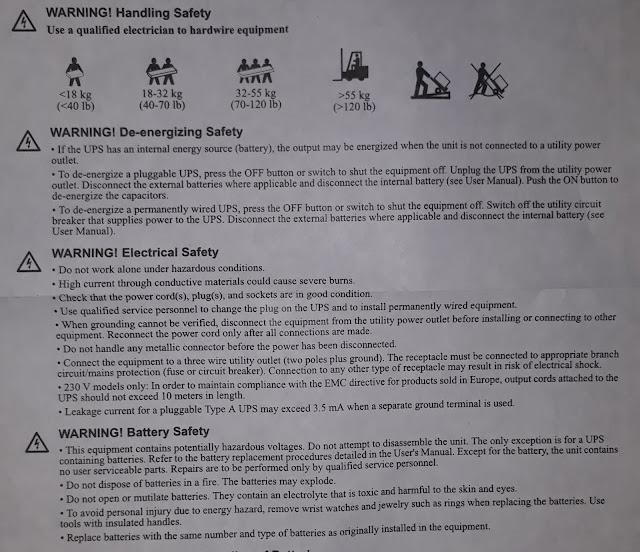A Case Study Modernization Yields Good
Results For
Eastern Mumbai Residential Complexes
The elevators at the Gokul Gagan Chs. Ltd. residential tower in
Kandiwali, East Mumbai, had become constant causes of complaints from those
living in the 21-story building. Your author, as an elevator consultant, became
involved in a project to modernize the approximately 20-year-old units.
OBJECTIVE
The
objective of this project was to both improve the performance and enhance the
overall life of the elevators at the minimum possible expense, thus enabling
users to enjoy the services of these elevators for years to come.
HISTORY
The building has four Otis units, two in each wing,
installed in 1995-1996. Each unit has an eight-passenger capacity, automatic
doors, 1-mps travel speed, collective down duplex and a servo drive system.
They all serve ground to 21st floors. The units had undergone no major work or
upgrades since they were installed, and the only large expenses incurred were
for rope and pulley replacement, which were part of the service contract. These
elevators were giving frequent problems. The number of calls were such that
there was a complaint practically every other day. The users were frustrated,
and the building society had begun considering the replacement of the original
units.
HIRING
The building society decided to hire a consultant to guide them as
they sought the best solution, both in terms of durability and economical operation. This is where your author came
into the picture.
Approach I circulated my article on the subject of upgrading an
elevator, “How to Control Unexpected Major Elevator Repair/ Replacement
Expenses” (ELEVATOR WORLD India, 1st Quarter 2013). The article provided the
society a clear understanding of elevator systems, the lifecycle of the
equipment and the necessity of replacing certain parts.The society committee
members were very open minded, and most of them had a technical background,
which made the job easier. A plan of action, which involved inspecting the
elevators, studying the breakdowns and complaints, and working out the best
solution that would satisfy the technical needs in an economical, long-lasting way
without compromising safety, was formulated.
INSPECTION
Along with the service provider, we carried out a detailed
inspection of the equipment and its functioning. The major equipment, including
the gear motors, brake systems, doors, wire ropes, safety gears and cabin frame
assemblies, were determined to be in good condition and able to perform well
for another eight to 10 years with regular service and adjustments. The
controller was an old relay logic controller with carbon contact relays. The
relays were beyond their lifecycle and no longer reliable. Uneven carbon
contacts and contact tensions prevented the relays from functioning properly,
which contributed to the frequent breakdowns. The relays were obsolete, and
replacement with new ones was not possible. The other equipment in the machine
room was in good condition and not a factor in the breakdowns. The shaft
signaling system was also an
old one. The electromechanical system used was obsolete and contributed to
the breakdowns. The door locks and door operator were very old, also
adding to the frequent breakdowns. The cabin frame and safety system were good
and not in need of replacement. The cabin and platform flooring wereold
and shabby, so we decided to go for a completely new stainless- steel cabin and
double plate form to incorporate the latest requirement of an overload sensor.
The car buttons and landing buttons were also obsolete, leading to breakdowns
for lack of spares.
STUDY
OF BREAKDOWN
Our study of the breakdowns and complaint records confirmed that
the majority of the problems came from the controller, call buttons, door locks
and shaft signaling system.
SOLUTION
Our detailed study showed that the
main reason these components were failing was technological obsolescence and
expiration of lifecycle. We opted to upgrade the controllers,wiring, locks,
door operators, landing and car buttons, and indicator system with the latest
technology, which also came with a guaranteed 10-year availability from the
supplier.
Various suppliers were contacted for quotations, and after some
discussion and negotiation, the job was awarded to Otis. Work started in March
2016 and was completed by November 2016.
UPGRADE
RESULT
After the upgrade work was
completed, the performance of the elevators was checked and found to be very
encouraging:
1. The start/stop was smooth
because of the variable-voltage,Door opening/closing was smooth and reliable
because of new operators with VVVF drives and new door locks.
2. New
stainless-steel cabin with false ceiling, concealed lighting, fan,
music/announcement system and new flooring provided a decent ambiance inside
the elevator.
3. In
addition, the new, microprocessor-based controller and VVVF drive system have
resulted in substantial energy savings
CONCULUSION
In addition to the energy savings, the number of breakdowns was
reduced to just six in six months among all four elevators. Waiting time at the
ground floor is around 40 s., which is very good for residential apartments. A
survey of users conducted after the upgrades were complete revealed a high
level of satisfaction with the elevators’ performance. The building society was
happy that, at reasonable expense, it will have good service from the elevators
for another eight to 10 years.





Comments
Post a Comment